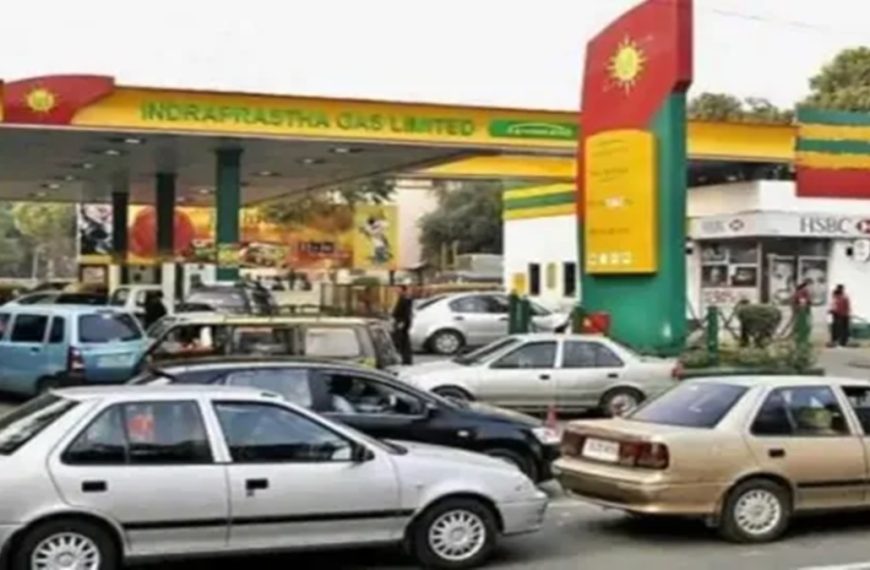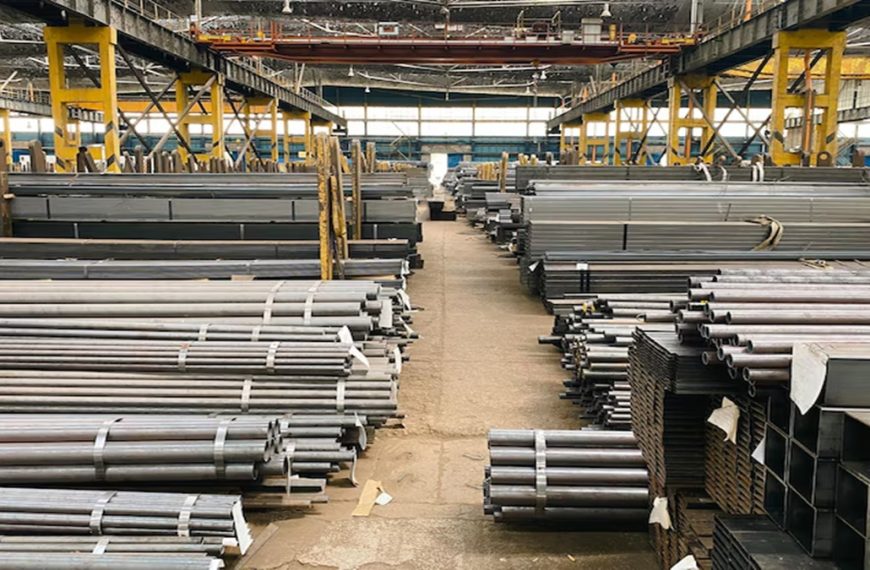The cement industry is poised for a resurgence in demand, prompting UBS to adopt a bullish stance on the sector. With expectations of significant recovery in the upcoming fiscal year, the brokerage cites factors like structural cost reductions, a rebound in cement prices after an 8% drop in the first nine months of FY25, and strategic consolidation driven by industry leaders UltraTech Cement and Ambuja Cement. Notably, UBS has upgraded Dalmia Bharat from a "Sell" to a "Buy" rating, highlighting its appealing valuation amid favorable demand and margin trends.
Positive Outlook for Cement Demand
According to UBS’s analysis, several key drivers are set to enhance cement demand, including both rural and urban housing, infrastructure projects, and commercial construction. This robust environment is expected to generate a 7-8% CAGR in sector volume growth, which translates to approximately 1.0-1.2 times real GDP growth in the medium term.
- Key Drivers of Growth:
- Housing (rural and urban)
- Infrastructure development
- Commercial sector expansion
Industry Consolidation Boosts Prospects
The cement sector is currently undergoing a significant consolidation phase. A report by Crisil Ratings indicates that this trend will yield substantial advantages for acquiring companies, such as:
- Enhanced geographical reach
- Access to vital limestone reserves
- Economies of scale
These factors are expected to outweigh any minor increases in financial leverage, thereby improving the credit profiles of these firms over time.
Since the start of fiscal 2024, about 51 million tonnes (MT) of cement capacity have been acquired, with additional buyouts of 14 MT anticipated to finalize by the first half of fiscal 2026. This recent wave of acquisitions marks a historic period in which 11% of the installed capacity has changed hands within just two years.
Insights from Industry Experts
Manish Gupta, Senior Director and Deputy Chief Ratings Officer at Crisil Ratings, noted the benefits of this acquisition surge. He stated, “The recent acquisitions allow companies to scale quickly, fortify their market position, and secure limestone resources more efficiently.” Approximately 92% of the acquired capacity is expected to help these firms expand their footprint in existing regions, reducing logistical costs.
Ankit Kedia, Director at Crisil Ratings, highlighted that one of the key motivators behind this acquisition trend is the reasonable valuations of the targets. “The average enterprise value ranges from Rs 8,000 to Rs 9,000 per tonne, which is on par with the costs of establishing new integrated cement plants,” he explained.
Pricing Trends and Market Dynamics
As reported by Yes Securities, the all-India average cement price saw a Rs 5 per bag increase in February 2025, with regional variations noted:
- East: +Rs 10/bag
- Central: +Rs 5/bag
- West: +Rs 4/bag
- North: +Rs 4/bag
- South: no change
Despite initial price hikes ranging from Rs 10 to Rs 30 per bag, many players rolled back these increases within days due to weak market response. The rise in pricing was primarily driven by heightened demand from the real estate sector, bolstered by improved labor availability and increased infrastructure orders following the festive season.
Potential Risks to Growth
UBS identifies several risks that could impact the cement sector’s outlook:
- Unexpected declines in cement prices.
- Rising input costs, including coal and freight.
- A slowdown in GDP growth and the investment cycle, which could negatively affect demand.
- Significant increases in coal or diesel prices, or shortages in raw materials like sand and fly ash.
Conclusion
As the cement industry braces for a recovery, the combination of strategic consolidation and favorable demand drivers positions leading firms like Dalmia Bharat, UltraTech, and Ambuja for potential growth. However, stakeholders must remain vigilant about emerging risks that could inadvertently affect the market landscape.











